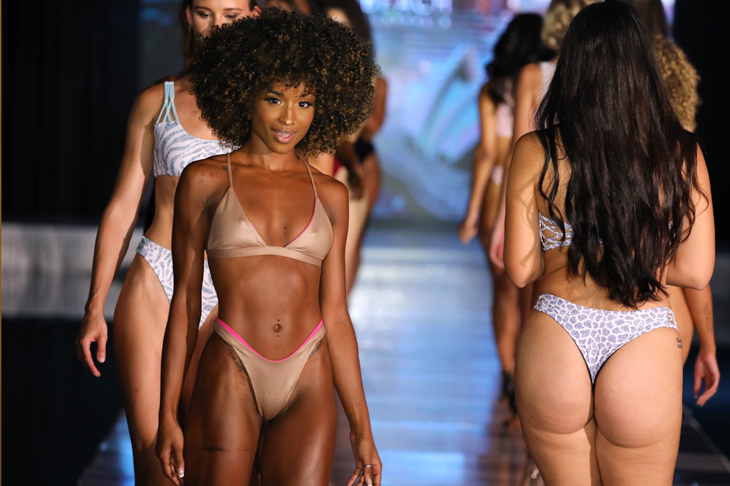Only the naive can doubt, and hired guns pretend, that monopolists (including oligopolists) will, if allowed, engage in price gouging.
There is no need for an inquiry to establish that. Like the scorpion in the fable about the frog, price gouging is in their nature.
My principal recollection of high school, and indeed university economics, is in how price is determined by the market when competition prevails.
Already a subscriber? Log in
Subscribe for just $2 a week
Try a month of The Spectator Australia absolutely free and without commitment. Not only that but – if you choose to continue – you’ll pay just $2 a week for your first year.
- Unlimited access to spectator.com.au and app
- The weekly edition on the Spectator Australia app
- Spectator podcasts and newsletters
- Full access to spectator.co.uk
Or
Unlock this article
You might disagree with half of it, but you’ll enjoy reading all of it. Try your first month for free, then just $2 a week for the remainder of your first year.














Comments
Don't miss out
Join the conversation with other Spectator Australia readers. Subscribe to leave a comment.
SUBSCRIBEAlready a subscriber? Log in